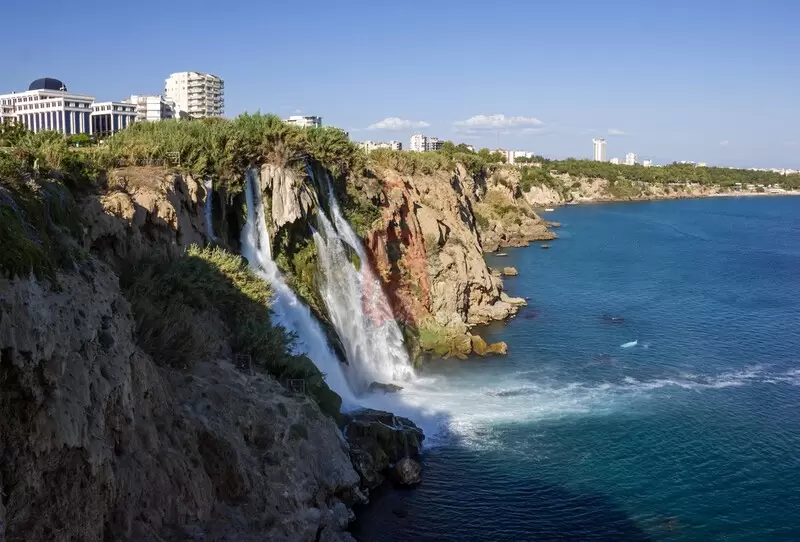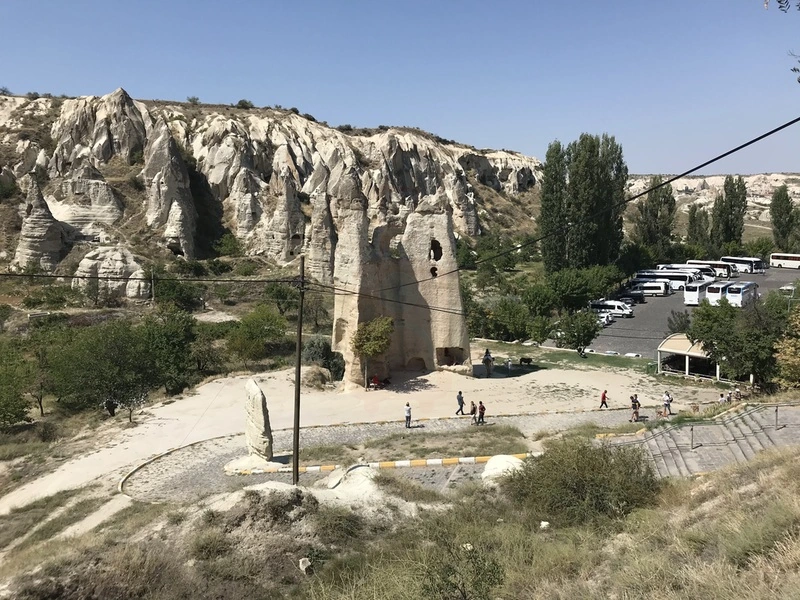Kingdom of Paphlagonia
The Kingdom of Paphlagonia was an ancient state located in the northern part of Anatolia, known for its strategic position along the Black Sea coast. Emerging around the 8th century BCE, Paphlagonia became a significant player in regional politics and trade, influenced by neighboring cultures such as the Hittites, Phrygians, and Persians. The kingdom was characterized by its mountainous terrain and rich natural resources, which contributed to its economy. Paphlagonia was home to various tribes and communities, each with its own customs and traditions. By the 6th century BCE, it fell under Persian control but maintained a degree of autonomy. The kingdom's legacy is reflected in its archaeological sites and historical accounts that highlight its role in ancient Anatolian history.
Lydian Kingdom
The Lydian Kingdom, flourishing in western Anatolia from the 7th to the 6th century BCE, is best known for its wealth and innovations, including the introduction of coinage. Its capital, Sardis, was a thriving urban center renowned for its luxurious lifestyle and impressive architecture. The Lydians, led by kings like Croesus, expanded their influence through trade and military prowess, controlling key trade routes. They were also notable for their contributions to art, particularly in jewelry and textiles. The kingdom eventually fell to the Persian Empire under Cyrus the Great, but its legacy endures, particularly in the development of monetary systems and the concept of wealth in the ancient world.
Classical Antiquity
Classical Antiquity in Anatolia, spanning from the 5th century BCE to the 5th century CE, was a transformative period marked by the influence of Greek and Roman cultures. Major cities like Ephesus, Pergamon, and Antioch flourished as centers of trade, philosophy, and art. The spread of Hellenistic culture followed Alexander the Great's conquests, blending local traditions with Greek ideals. This era saw the construction of iconic structures, including temples, theaters, and libraries, showcasing advanced architectural techniques. Additionally, the region played a crucial role in the development of early Christianity, with significant events occurring in places like Cappadocia. The rich cultural tapestry of this period continues to shape Anatolia's historical legacy.
Bronze Age
The Bronze Age in Anatolia, spanning approximately 3000 to 1200 BCE, marks a significant era of cultural and technological advancement. This period is characterized by the widespread use of bronze for tools and weapons, revolutionizing craftsmanship and warfare. Key sites such as Troy, Hattusa, and Alaca Höyük illustrate the rise of powerful city-states and complex societies. Trade networks flourished, connecting Anatolia with regions like Mesopotamia and the Aegean, facilitating cultural exchange and economic growth. The era also saw the development of writing systems, monumental architecture, and advanced agricultural practices, laying the groundwork for the rich historical legacy of Anatolia that influenced subsequent civilizations.
Chalcolithic
The Chalcolithic period in Anatolia, approximately 5500 to 3000 BCE, marks a significant phase of cultural and technological development. Characterized by the introduction of copper tools alongside traditional stone implements, this era saw advancements in metallurgy that transformed daily life and trade. Important sites such as Çatalhöyük and Hacilar reveal evidence of complex societies with increased specialization in crafts, agriculture, and trade networks. Pottery became more sophisticated, often featuring intricate designs and forms. The period also witnessed the growth of larger settlements, indicating a shift towards more organized social structures. These changes laid the foundation for the subsequent rise of urban civilizations in the region.
Neolithic
The Neolithic period in Anatolia, occurring around 7000 to 5000 BCE, marks a transformative era characterized by the shift from nomadic lifestyles to settled farming communities. This transition is exemplified by sites like Çatalhöyük and Göbekli Tepe, where evidence of agriculture, animal domestication, and permanent dwellings can be found. People began cultivating grains and legumes, leading to more stable food sources and larger populations. The development of pottery and weaving reflects advancements in technology and daily life. Social structures became more complex, with increased trade and specialization of labor. This period laid the foundation for the rise of advanced civilizations in Anatolia and beyond.
Mesolithic
The Mesolithic period in Anatolia, occurring around 10,000 to 7000 BCE, marks a transitional phase between the Paleolithic and Neolithic eras. During this time, communities began to adapt to changing climates and environments following the last Ice Age. Archaeological sites such as Çatalhöyük and Aşıklı Höyük provide evidence of semi-sedentary lifestyles, where people engaged in both hunting and the early stages of plant cultivation. Stone tools became more refined, reflecting advancements in technology. The Mesolithic also saw the development of social structures and communal living, as groups settled near water sources, fostering a deeper connection to the land and resources. This period laid the groundwork for the agricultural revolution that followed.
Paleolithic
The Paleolithic era in Anatolia marks a significant chapter in early human history, dating back to around 1.5 million years ago. This period is characterized by the presence of hunter-gatherer communities who relied on stone tools for survival. Sites like Karain Cave, located near Antalya, have yielded important artifacts, including flint tools and evidence of early human habitation. These findings suggest that Anatolia was a crucial area for early hominins, who adapted to diverse environments while hunting and foraging. The region's rich natural resources supported these communities, laying the groundwork for later developments in the Neolithic period, when agriculture began to transform human society.









